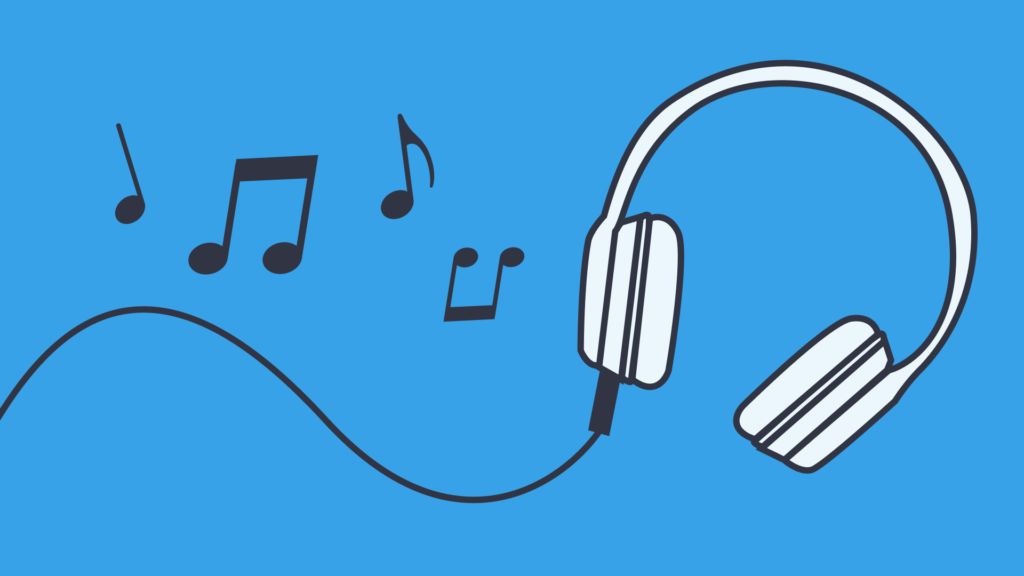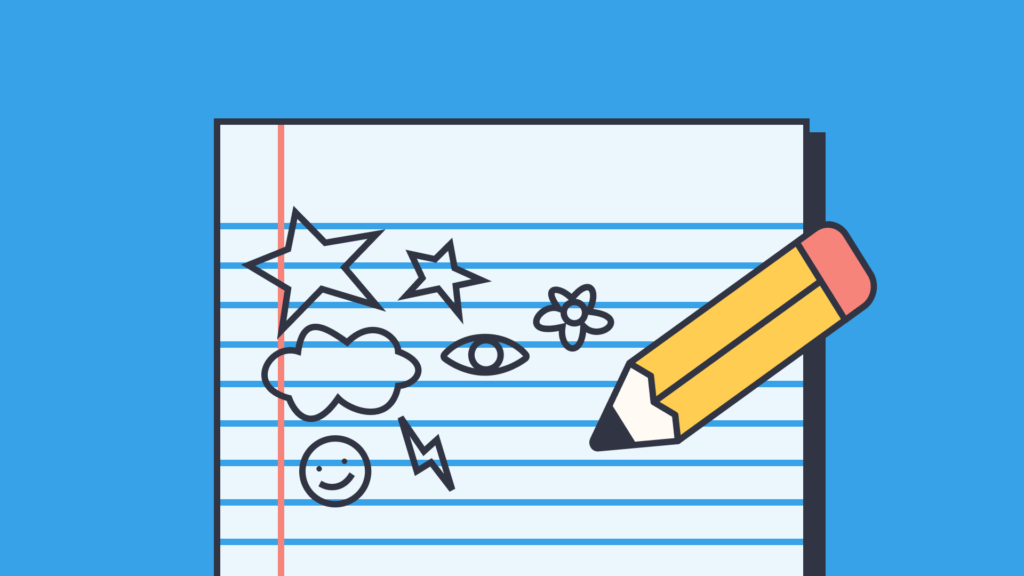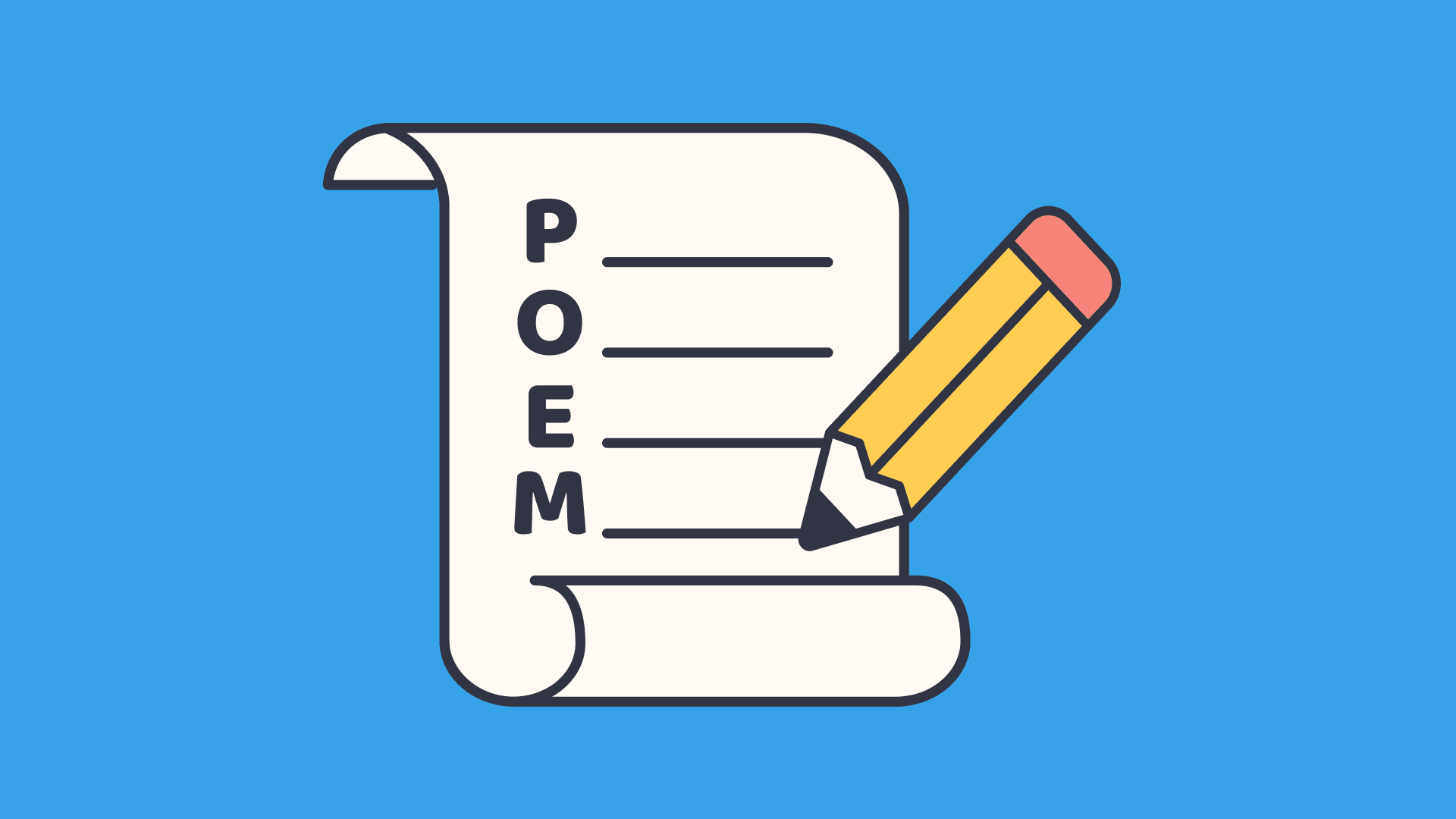8 Brain break ideas for high schoolers
In this guide
Tests. Homework. Social media. Relationships. Parents. Driving. Hormones. College. Sports. Jobs. Those are just a handful of different factors that are pulling at the attention and focus of students in high school. My anxiety increased just typing the words so it is easy to understand the immense pressure teenagers experience on a daily basis that can interfere with learning.
Studies show that 60-70% of American teens live with a “a borderline to severe sleep debt” that can negatively impact behavior and academic achievement. If you have been inside a high school classroom recently that percentage might actually sound low to you.
We constantly hear about how our attention spans are decreasing and that young people are the most vulnerable. Jonathan Haidt, in his new book The Anxious Generation: How the Great Rewiring of Childhood Is Causing an Epidemic of Mental Illness notes that the average teenager receives over 250 notifications per day which is leading to an increase in “attention fragmentation.”
With all of this information in mind, it is clear that effectively incorporating brain breaks into the learning experience is essential to improving learning outcomes. A distracted or unengaged student is not likely to be a successful learner.
We need to reframe the way we view “breaks” from instructional time that is being lost and instead see it as an opportunity to recharge and refocus our brains on the goal at hand.
In my younger years, I used to lift weights to get exercise. As my muscles fatigued, my form would get sloppy and the reps would be less effective. Pausing to breathe or take a sip of water let me recover enough so that I could focus on the proper technique again. Exercising our brain and learning should be viewed similarly to physical workouts.
My school uses block periods of nearly 2 hours for each class so for the past few years I have included a 10 minute break each day to help students handle the length of the period. Recently, I have noticed more and more students using the time to quietly sit and play on their phone. It did not feel like the break was having the intended consequence of energizing students for the rest of the period.
As a result, I started looking for more intentional and purposeful brain break ideas that helped students with what they need while also ensuring that I was getting engaged learners back on track. Different strategies work differently for different students but I have found that mixing it up and keeping them on their toes is the most effective.
1) Stretching exercises
Stretching is a simple yet effective way to take a break. It is fairly quick and easy to do even if you do not have much available space. Research points to the benefits of stretching for individuals at work so it makes sense for us to use in a classroom setting as well. Stretching can reduce anxiety and exhaustion while stabilizing your mood.
Tips:
- Lead the class in a guided stretching routine the first couple of times to help everyone get comfortable with the activity.
- Ask for student volunteers to lead after you have established a routine.
- Allow students to create their own individual stretching routine as the year goes on and they discover what works best for them.
- I recommend starting slow and just doing hand/fingers, neck, and arm stretches until students get more comfortable with the idea of stretching in class.
- If you want, you can create a whole lesson around stretching to help students understand the importance and reasoning behind this brain break activity.

2) Listening to music
Listening to music can be a powerful way to relax and take a mental break. It can lift your mood and provide a quick escape from stress. It is nearly impossible to get everyone to agree on what constitutes “good music” but I still have not found a student who does not enjoy listening to music.
Tips:
- Use a music streaming service like Spotify, or something similar, to create a handful of playlists to use.
- Use calming instrumental music to relax if you feel the class is dealing with a lot of stress and pressure or if you just finished an intense activity.
- Use upbeat, fast-paced music if students are dragging and need a little energy boost.
- Encourage students to create playlists for you to use during the year to avoid redundancy in the music selection.
- Occasionally, I’ll let students choose to listen to their own music using headphones as a way to promote autonomy and choice.
3) Quick walks
A brief walk outside or even around the school can refresh the mind and body. It helps in getting some fresh air and changing the environment, which can boost creativity and energy levels. Even if it is just to get a temporary change of scenery, a short walk can act like a reset for our focus. Students constantly complain about how much they sit while at school but I noticed they remained seated even when given the opportunity to take a break outside.
Tips:
- Keep it short- around 5-10 minutes.
- Encourage them to not use any digital devices (after the first few times of doing this students learn how long certain routes take so they do not need a watch/phone for time).
- Have students look for something they have never noticed about the campus while they walk.
- Or walk with a friend to make it a social activity by giving them a specific topic to discuss. Sometimes I suggest a topic specific to what we are studying and other times it is more open-ended to get their creative juices flowing for our next activity.

4) Creative doodling
Doodling can help in unwinding and sparking creativity. It’s a fun way to let your mind wander and relax. The structure and typical requirements in school utilize specific parts of the brain so unstructured doodling is a great way to rest while activating creative thoughts.
Tips:
- Ask students to dedicate a section of their notebook for doodling or have a separate sketchpad.
- Encourage students to draw patterns, shapes, or anything that comes to mind.
- Offer colorful pens or pencils to make it more engaging.
- Occasionally, add twists to the activity by asking students to use their opposite hand or close their eyes while they doodle.
5) Image analysis
We live in an increasingly visual world and we see so many images per day that our brain filters out a lot of what we see before we are consciously aware of it. I try to include visuals as much as I possibly can in all of my classes and have noticed a higher level of engagement when students have something to physically look at in front of them.
Also, Amy Herman’s book, Visual Intelligence, convinced me that school needs to do a better job developing observation and visual analysis skills in students. It helps in engaging different parts of the brain and improving problem-solving skills that apply to a wide variety of applications.
Tips:
- Create a slideshow or gallery to quickly access and use for brain breaks.
- Use something that is very easy to modify so you can add to it anytime you come across an interesting image.
- Encourage students to send you images that they feel would work great for this activity throughout the year.
- Project an image at the front of the class and ask students to silently stare at it for 1-2 minutes and write down everything they notice or feel.
- Allow students to share responses with a partner before engaging in a full class discussion.
- Sometimes I use images directly related to the curriculum but other times they are completely random and I still feel it has a benefit to the overall lesson.
6) Mindfulness
Mindfulness meditation can be a powerful tool for helping students center their thoughts and reduce anxiety. It can significantly improve mental clarity and focus, making it an excellent brain break during the school day. The best part of this brain break activity is hearing about students using it outside of class on their own because they find it so effective.
Tips:
- Create a calm environment by dimming or turning off the lights and reducing any noise.
- Explain the purpose of the activity and discuss some of the benefits of mindfulness such as improved focus and reduced stress.
- Instruct students to eliminate judgment from the activity whether it is of themselves or classmates.
- Allow students to not participate if they do not feel comfortable. I have found that for some students it takes a few rounds before they are ready to engage.
- Use a mindfulness app like Calm or Headspace to help you guide students if you do not have experience in this area.
7) Get hydrated
Sometimes all you need is a simple hydration break. Drinking water can help in maintaining energy levels and cognitive function. I actually made this brain break a priority this year after seeing a student project about dehydration levels in teenagers. The group discussed that over half of school age kids are regularly dehydrated. Dehydration is linked to both cognitive and behavioral issues.
Tips:
- Encourage students to use a drinking fountain or bring a water bottle to school.
- If possible, purchase a water cooler for students to conveniently access (this has been a huge hit for my students but be careful because you will be refilling the water jugs often).
- Bring fruit or water infusion drops to add a little flavor and let kids experiment with different healthy concoctions.

8) One with nature
Connecting with nature can have a calming effect and improve overall well-being. It’s a great way to disconnect from technology and rejuvenate. Whether it is to get fresh air, view the scenery, or smell the scents of the outdoors, our brains crave nature so this is an awesome strategy to address the long periods of time students spend indoors during school.
I am very spoiled where I teach because we call it “winter weather” any time the temperature drops below 70 degrees. The campus I work at also has a lot of beautiful outdoor space to utilize and ever since the pandemic more and more teachers are finding ways to get their classes outside.
Tips:
- Get outside and encourage students to focus on a specific element, such as the trees, birds, or clouds.
- Have students sit on a bench or the grass and relax.
- Encourage students to focus on their breathing.
- Ask students to complete this brain break without talking to classmates.
Incorporating these brain breaks into your daily routine can significantly enhance student productivity and overall well-being. Remember, covering curriculum and aiming for academic success is much more challenging if we are not addressing mental health and the way the brain works best.
References
- Garey, J. (2024, March 8). When Teens Don’t Get Enough Sleep | Sleep Deprivation Effects. Child Mind Institute. Retrieved May 28, 2024, from https://childmind.org/article/happens-teenagers-dont-get-enough-sleep/
- Haidt, J. (2024). The Anxious Generation: How the Great Rewiring of Childhood Is Causing an Epidemic of Mental Illness. Penguin Publishing Group.
- Herman, A. E. (2017). Visual Intelligence: Sharpen Your Perception, Change Your Life. Mariner Books.
- Payton, L. T. (2023, January 6). What stretching does to your brain and body: the health benefits. Fortune. Retrieved May 29, 2024, from https://fortune.com/well/2023/01/06/health-benefits-of-stretching/
- Study finds inadequate hydration among U.S. children | News | Harvard T.H. Chan School of Public Health. (2020, June 11). HSPH.Harvard.edu. Retrieved May 29, 2024, from https://www.hsph.harvard.edu/news/press-releases/study-finds-inadequate-hydration-among-u-s-children/

Nick Schwab
briefcase iconLearning Experience Designer
Nick combines his background in psychology, education and design to create physical and digital experiences that empower, engage, and excite learners. His passion lies in constantly developing new learning pathways for students that challenge the status quo in education.
Other posts
Want more content like this?
Subscribe for blog updates, monthly video releases, trending topics, and exclusive content delivered straight to your inbox.











